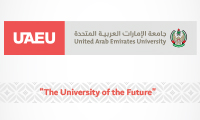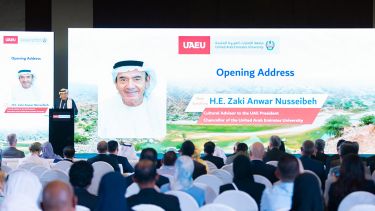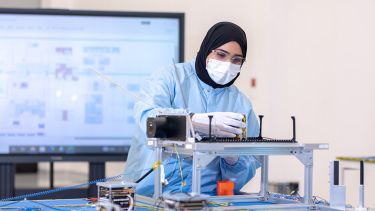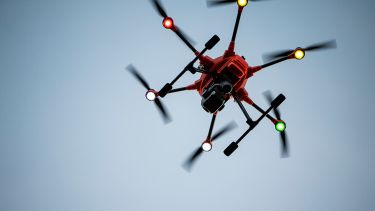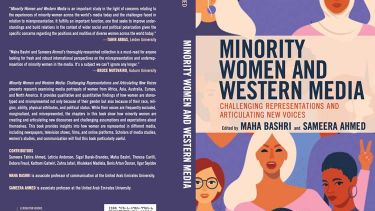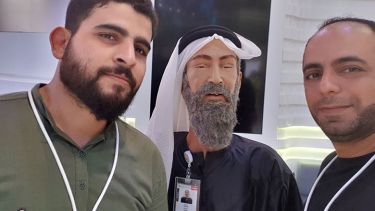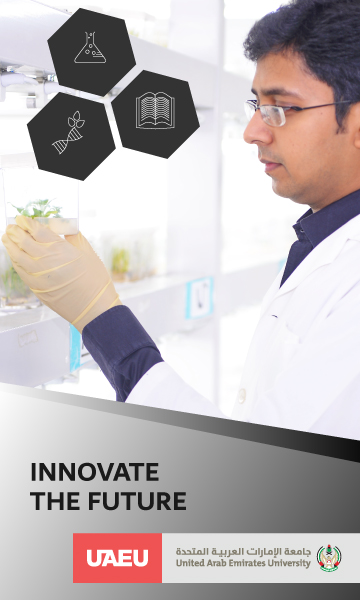
Computer scientists and physicians collaborated to significantly improve the detection of adverse pregnancy outcomes with their machine-learning approach
Collaboration across disciplines has empowered United Arab Emirates University (UAEU) researchers to significantly improve their detection of adverse pregnancy outcomes, says Nazar Zaki, a professor of computer science and founder of the university’s Big Data Analytics Center.
In a recent study, researchers from the Department of Computer Science and Software Engineering collaborated with physicians and researchers in the university’s College of Medicine and Health Sciences to investigate adverse pregnancy outcomes. Using advanced artificial intelligence and machine-learning techniques, they increased detection accuracy by 12 per cent.
Each year, millions of babies are born prematurely and with a low birth weight. These infants are at a higher risk of prenatal death and developmental and health issues. “We were very fortunate to form this research collaboration,” says Zaki. “Our research partnership has been incredibly beneficial. The expertise of physicians is indispensable for devising any effective solution in this area. Similarly, their efforts would be incomplete without our contribution in artificial intelligence methodologies. This mutual dependence is precisely why our collaboration is essential.”
UAEU researchers in the College of Medicine and Health Sciences are currently studying thousands of pregnant women as part of the country’s first longitudinal cohort study into maternal and child health. The Mutaba’ah Study, which means follow-up in Arabic, will follow the babies into their teens, collecting data on health and development.
“We included about 3,500 cases for this particular study,” says Wasif Khan, who investigated preterm births and low birth weights as part of his doctoral studies. The study focused on Emirati women, and future investigations are likely to include even more women and their babies.
The research team employed advanced machine learning algorithms in conjunction with a technique known as a knowledge graph when carrying out the data analysis. This strategy provided them with unique perspectives on the issue. “In conventional machine learning applications, the focus is often on interpreting individual cases,” Zaki says. “However, a critical aspect tends to be overlooked: the interconnections between these cases. For instance, while we might track the data of four women individually, traditional methods fall short in analysing the relationships and interactions between them. Our approach fills this gap, enabling a more comprehensive understanding of the data.” The team, which includes authors from medicine and computer science, published their findings in Scientific Reports.
It was challenging initially, says Zaki. The percentage of infants born prematurely and at a low birth weight is significantly smaller than the proportion of healthy babies. Additionally, the researchers had to clean the data and make it usable. Through their work and the collaboration, medical colleagues are “trying to streamline the way that they collect data, based on our feedback”, says Zaki.
Even though the team has published, this is not the end of their collaboration. “We don’t want this to end here. It’s a good effort and it has to continue,” Zaki says. “The data is becoming big now, and we’re going to host it on a cloud-based system here in our college.”
He encouraged other researchers to investigate the integration of a knowledge-graph-based approach and machine learning, and to collaborate with researchers from other disciplines. He noted that he has been part of successful projects with researchers in education, engineering and biology.
“You need to invest time in understanding all the stakeholders in this solution so that you can come up with solutions that make sense,” he says.
Find out more about the United Arab Emirates University.
